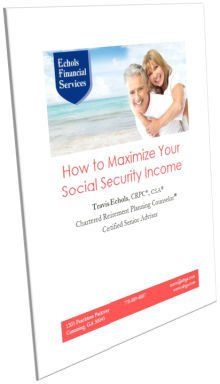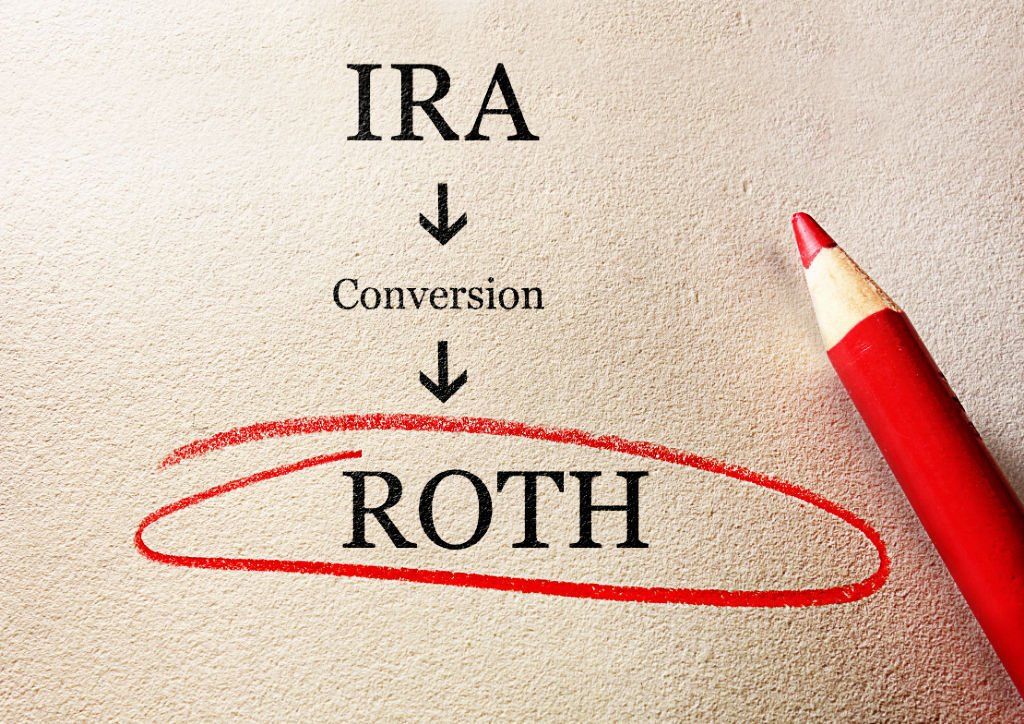New 2020 Social Security Changes that Impact Workers and Retirees

As of 2020, there are several changes to Social Security benefits that you might need to know.
Even workers who see retirement and Social Security benefits as a distant goal will be affected by the 2020 changes.
According to the Social Security (SS) Administration,
SS continues to be the largest source of income for retired Americans. For
about half of seniors, it provides at least 50 percent of their income in
retirement. And this is not likely to change as baby boomers continue to retire.
So, it is important for you to know your options to maximize your Social
Security income around your goals.
As a reminder, let’s quickly review how
your Social Security (SS) benefit is calculated.
Secondly, understanding how your SS benefit is calculated could make a difference in how long you want to work. Your monthly benefit will be based on your lifetime average earnings (adjusted for inflation each year as measured by the U.S. Consumer Price Index) which Social Security defines as the highest 35 years of earnings (adjusted for inflation). What if you only have 32 years of earnings? Then three years will be entered as "zeros," which will reduce your benefit for as long as you draw SS in retirement. In this case, it may be worth considering working an additional three years, especially if these years will be high-income years.
Also remember that SS makes provision for spouses. A spouse at full retirement age, if born on or before 1/1/1954, can choose to either take benefits based on his or her own earnings record or take a "spousal benefit only" which is 50% of their spouse's primary insurance amount (PIA). A spouse born after 1/1/1954, may add spousal benefits to their own retirement benefits if their own full retirement benefits are less than ½ of the other spouse’s full retirement benefit.
To see your estimated benefits, you can open a SS account online at www.ssa.gov/myaccount . Otherwise the SS administration mails statements every five years until age 60, and every year after that.
The three changes I want to make you aware of are 1) the maximum taxable wage increase, 2) the cost of living adjustment, and 3) the change in the earnings limit for early Social Security filers.
Maximum taxable wage increase. This change could impact people across all age ranges who are still working: those nearing retirement, those just joining the workforce, and those in the thrust of their career.
As of now, an individual in the workforce pays a 6.2% Social Security tax on all earned income, while their employer pays an additional 6.2% on their side. However, high earners don’t pay Social Security tax on all earnings. A cap currently exists to limit the amount of Social Security tax any one worker pays.
This cap has been adjusted each year (usually upwards) to generate more taxes each year. In 2019, working professionals are paying 6.2% in Social Security taxes only on the first $132,900 of wages. Anything above $132,900 is not susceptible to Social Security tax.
The change occurring in 2020 will raise this cap to $137,700: a $4800 increase. This will amount to roughly $8,500 (.062 x $137,700) in Social Security taxes you’ll pay in 2020 if you earn $137,700 or more. This is about a $300 tax increase from last year.
Remember though, the self-employed are required to pay both sides of the Social Security tax as both employer and employee. This change is especially ugly to the self-employed as this cap will raise their taxes by around $600. Self-employed workers earning $137,700 or more will pay over $17,000 in Social Security taxes in the new year ([.062 +.062] x $137,700).
Change in Cost of Living Adjustment. The cost of living adjustment (COLA) for Social Security benefits has been rather unpredictable and sporadic since its implementation 44 years ago. The problem is that the COLA has not been keeping pace with the increases in the cost of goods and services that retirees typically need, such as groceries, health care services, gasoline, etc.
COLA has increased Social Security benefits by roughly 50% over the last two decades; however, typical costs for retirees have climbed over 100% over the same time period.
The lesson here is this: too much reliance on Social Security income for retirement could leave you pinching pennies in your later years. It’s important to prepare for retirement beyond simply relying on future Social Security benefits.
As of 2018, COLA was at 2%, followed by a 2.8% adjustment in 2019. In 2020, the COLA will be 1.6%. Though this doesn’t match previous years’ offering, something is always better than nothing.
Change in Earnings Limit. As you know, if you take Social Security benefits before reaching your full retirement, your benefits are reduced. If you are earning income above the specified earnings limit, your payments will be further reduced. If you don’t know your full retirement age, Social Security has a free calculator. I’ve also included a simple table in my free 2019 pdf book that will show you your full retirement age based on your date of birth.
Understand that taking benefits before full retirement age while earning income above the earnings limit will significantly reduce your Social Security income before full retirement age. Like nearly all adjustments, this earnings limit increases with each year. In 2018, this limit was just over $17,000. In 2020, this limit will increase to $18,240. This means that if you are taking benefits early (i.e., you are below your full retirement age) and your earnings are more than $18,240 in 2020, some of your Social Security benefits will be withheld. To practically see this change, for every $2 you make over this new limit, $1 will be withheld. Earning less than $18,240 will not reduce your Social Security payment.
However, there is different limit in the calendar year in which you will reach full retirement age. The 2020 earnings limit is $48,600. Once again, it’s important to remember that this limit applies only to the year in which you will reach full retirement age. According to this limit, for every $3 earned above $48,600, $1 will be withheld from your Social Security benefits until the month you attain full retirement age. To better visualize this limit and what it means for you, here is an earnings test calculator on the Social Security Administration’s website.
One last thing to keep in mind: the only income that counts towards the earnings limit is employment income (W-2 earnings) and net earnings for those self-employed. IRA distributions, pension payments, annuities, dividends, capital gains and any other forms of income don’t count towards this limit. This a common question many people have when it comes to understanding and predicting Social Security policy’s implications for their personal finances.
It is also important to remember that benefits withheld due to exceeding the earnings limit are not forfeited forever but count as delayed credits for higher Social Security payments when you reach full Social Security age. At full retirement age there is no earnings limit. You can work and earn as much as you want without any social security reductions.
This policy is the government forcing you to delay a portion of your Social Security benefits (if you are still earning significant income) until you reach full Social Security age.
Final Comments on Social Security
Many people think the date of retirement is the date for receiving Social Security payments. And for many workers, that will be the case. But this simplistic view can hinder you from looking at all your options. In retirement planning, view retirement as the post-work period of your life (even if you have some smaller part-time work after retiring). When to claim for Social Security is a different question altogether and may or may not need to begin at the same time as your retirement. This opens more options for you such as filing for spousal benefits while your benefits grow if you were born on or before 1/1/1954, delaying benefits to get a higher lifetime payment, suspending to get delayed benefits if you don’t need the money now, etc.
For many retirees, SS may be the best and only way of receiving an inflation-adjusted, guaranteed-for-life income that is not susceptible to longevity risk and investment risk. If SS benefits can be increased to the point where they cover fixed financial needs such as housing, food, medicine, clothes, etc., then this allows other assets to be invested so they can grow for covering flexible expenses such as vacations, gifts, or travel.
A client recently remarked to me how they had always thought the Social Security decision was a simple decision. Then they felt overwhelmed after reading and learning about the complexities of it. But in the context of their overall financial plan, and by evaluating several claiming options using their specific numbers, the confusion cleared. Click to download my free 2019 pdf book to learn How to Maximize Your Future Social Security Income.


Travis Echols , CRPC®, CSA
Receive free Social Security Guide by email




Investment Advisory Services offered through JT Stratford, LLC. JT Stratford, LLC and Echols Financial Services, LLC are separate entities.











